
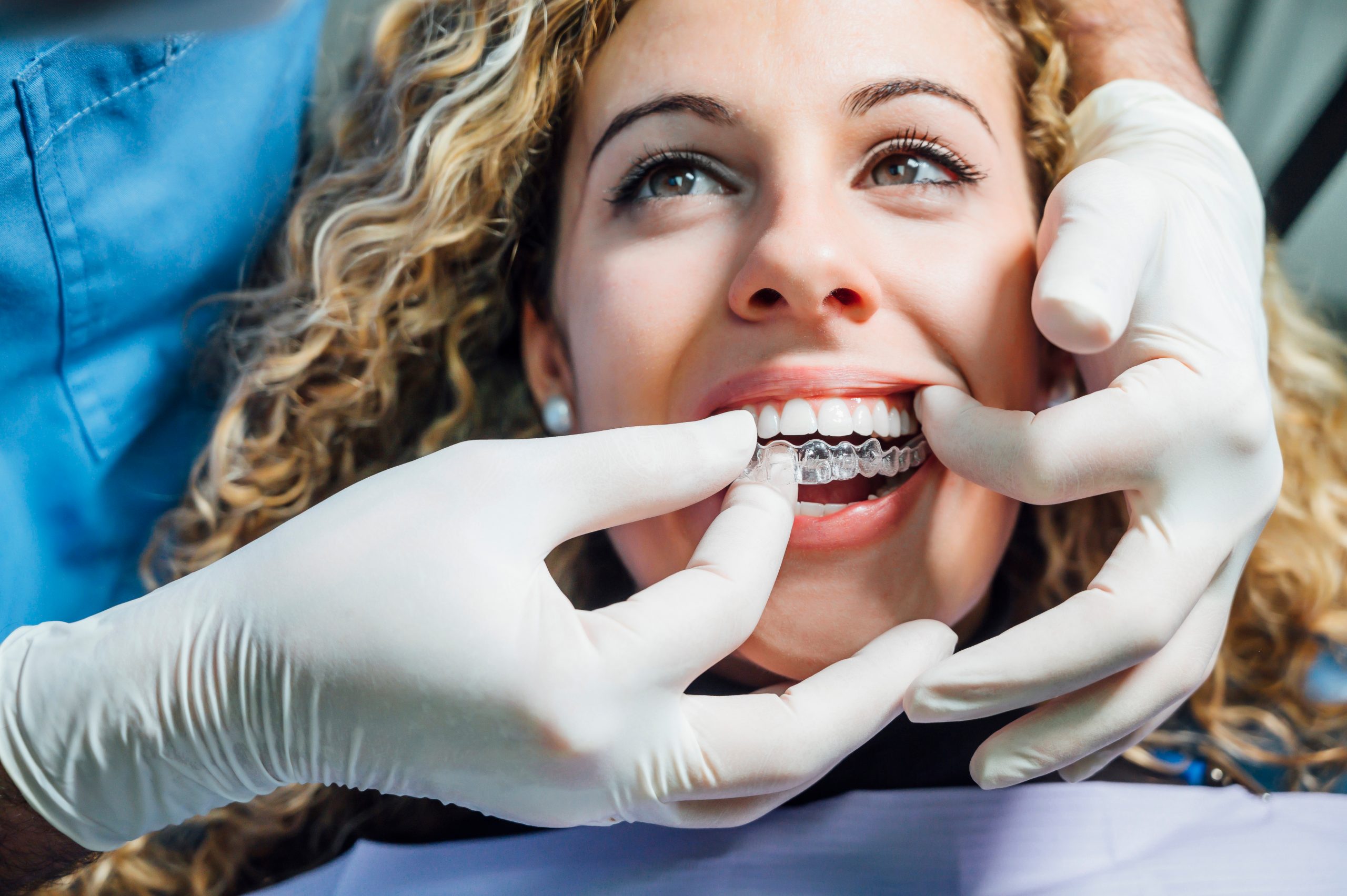
Invisalign is an aligner system , due to very intensive marketing and the fact that it has become more common place it is a well recognised brand name. While many people are aware that it is used in orthodontics, they do not have a detailed knowledge of what it is and often request further information about it.
Invisalign is a combination of the words invisible and align ( which means to straighten ), and possibly suggests that it provides invisible orthodontics.
Many people are very happy for others to know that they are wearing orthodontic appliances (braces) and indeed many younger patients even prefer brightly coloured appliances.
These fixed appliances achieve a very high quality result ,( if we consider it to be like a journey) they will generally get the patient more than 90% of the way between where they start and where we are aiming (ideally) to finish.
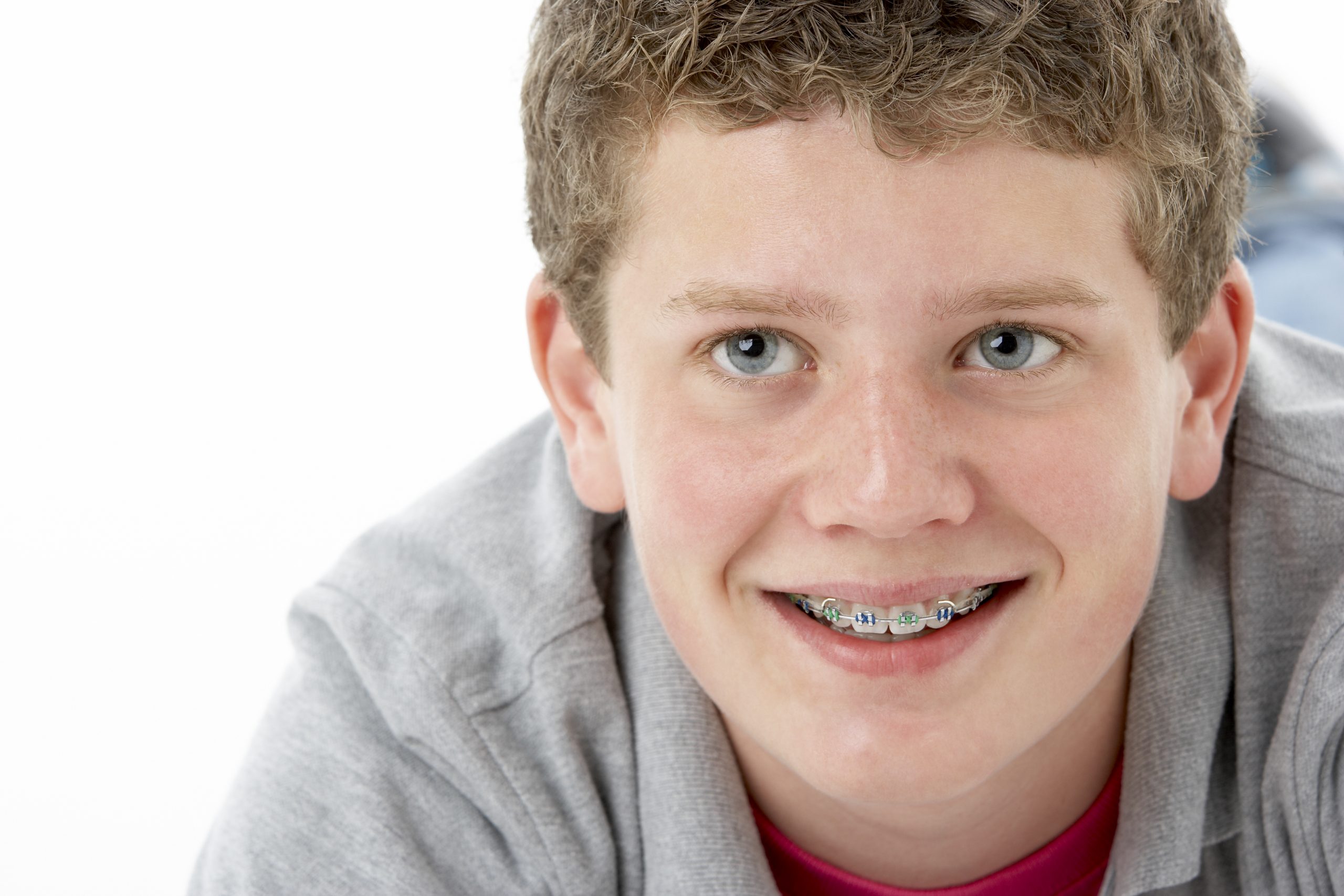
Other people want a more discreet orthodontic appliance. A lot of adults prefer ceramic (clear ) braces on the outside of the teeth, these braces tend to match the colour of the patients teeth.These fixed appliances achieve a very high quality result ,( if we consider it to be like a journey) they will generally get the patient more than 90% of the way between where they start and where we are aiming (ideally) to finish.
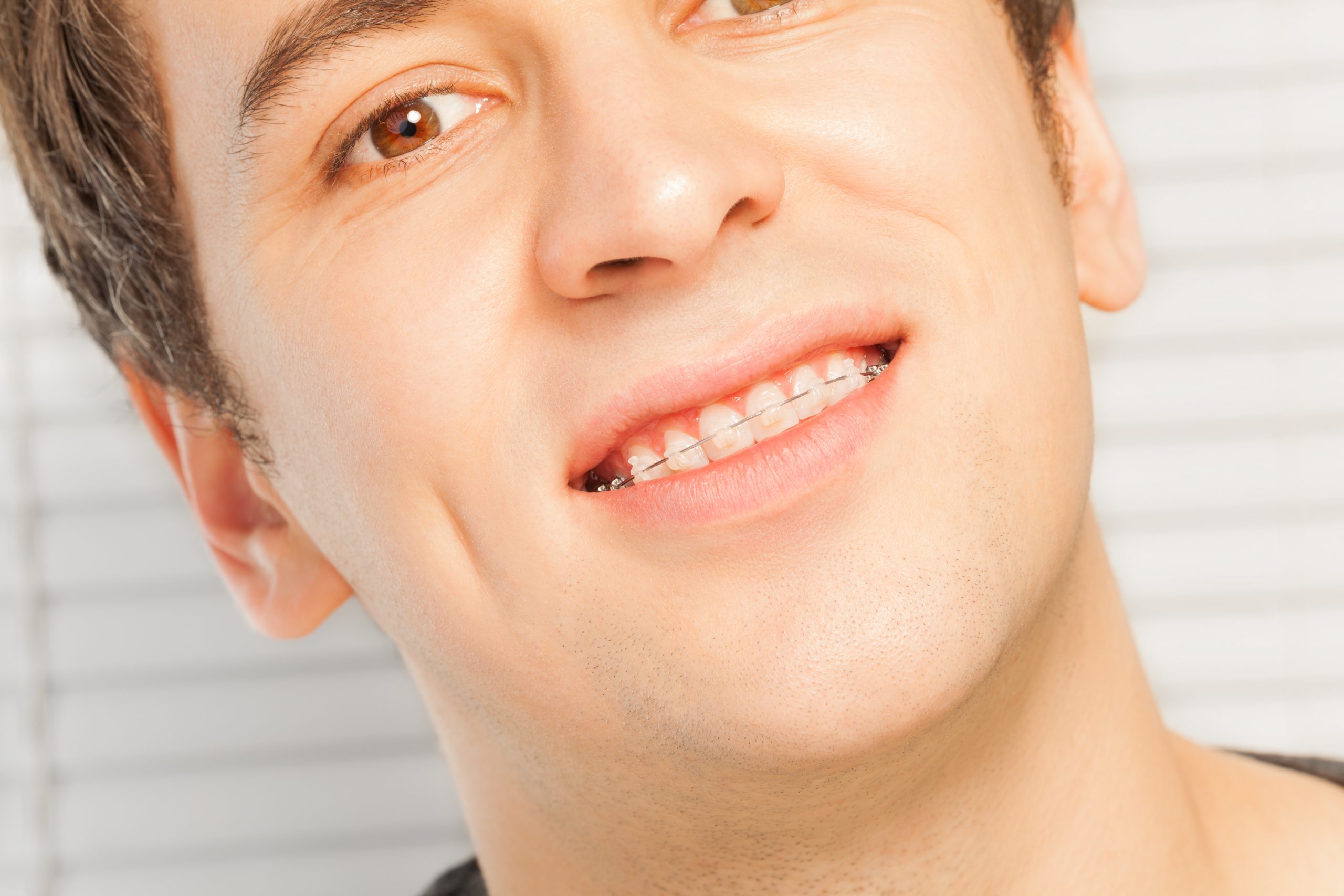
Some patients are not happy to wear fixed appliances on the outside of their teeth yet they still wish to achieve a very high quality result. These patients may choose lingual appliances. These are fixed braces which are placed on the inside as opposed to the outside.These fixed appliances achieve a very high quality result ,( if we consider it to be like a journey) they will generally get the patient more than 90% of the way between where they start and where we are aiming (ideally) to finish.

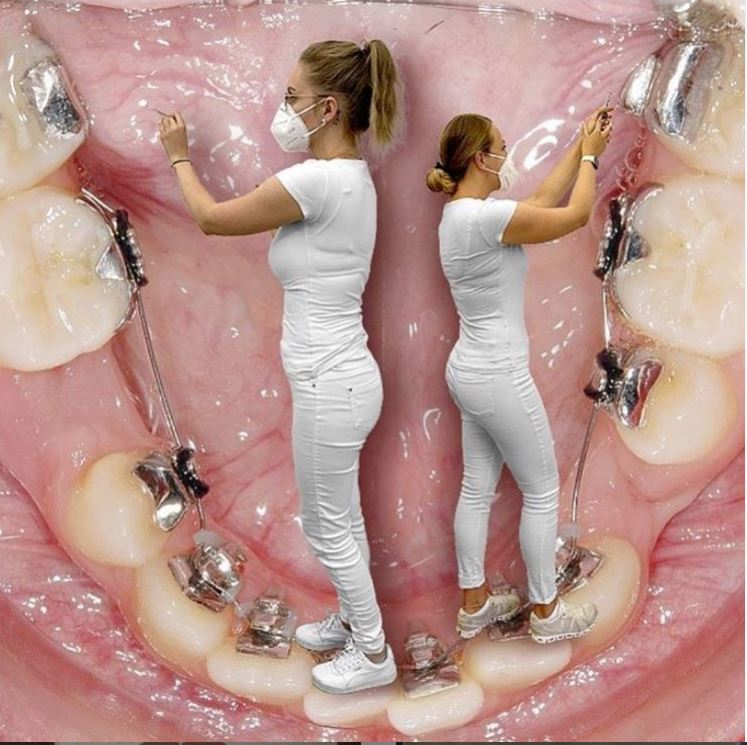

Fixed appliances work well because they have a very precisely engineered rigid bracket, interacting with a very precise and powerful wires. The wires are changed as the treatment progresses this means that wires which are made of different materials and different sizes are employed to provide forces to the teeth which are both very precise and powerful enough to move the teeth teeth very accurately to the desired position.
The development of aligners/ Invisalign
Invisalign is one type of aligner system , there are now numerous aligner systems. Invisalign is the pre-eminent aligner system, this brand has become a household name like “Hoover” or “kleenex”.
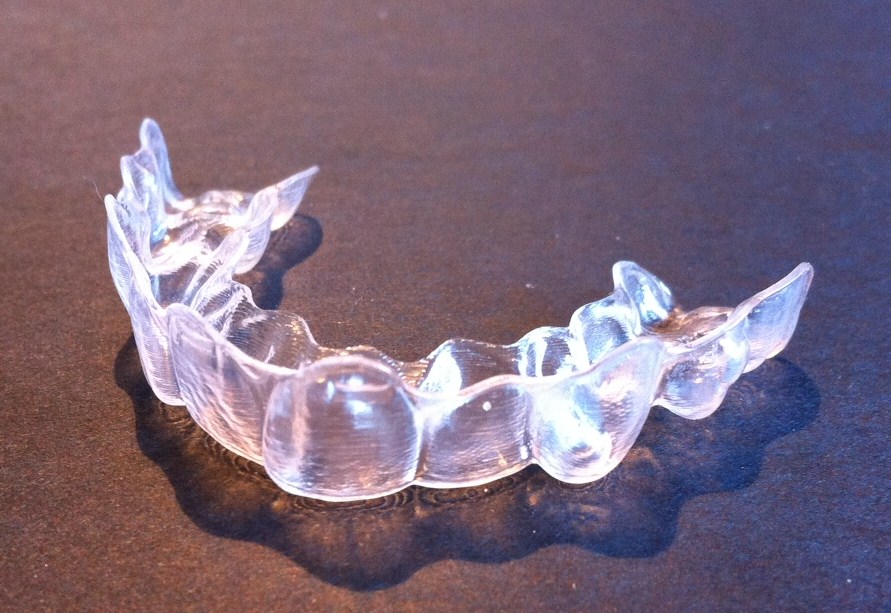
Each aligner fits tightly around the teeth almost like a thin gumshield, or indeed like a thin essix retainer. We are all familiar with thermo-formed plastics that are used to package goods as used below to package these toys. The packaging and the aligners are essentially formed by heating the plastic until it is moldable and then getting it to fit tightly around the model of the teeth.Unlike packaging plastic as illustrated below aligners are made from a more sophisticated elastic type plastic somewhat like the type used in sports reusable water bottles.
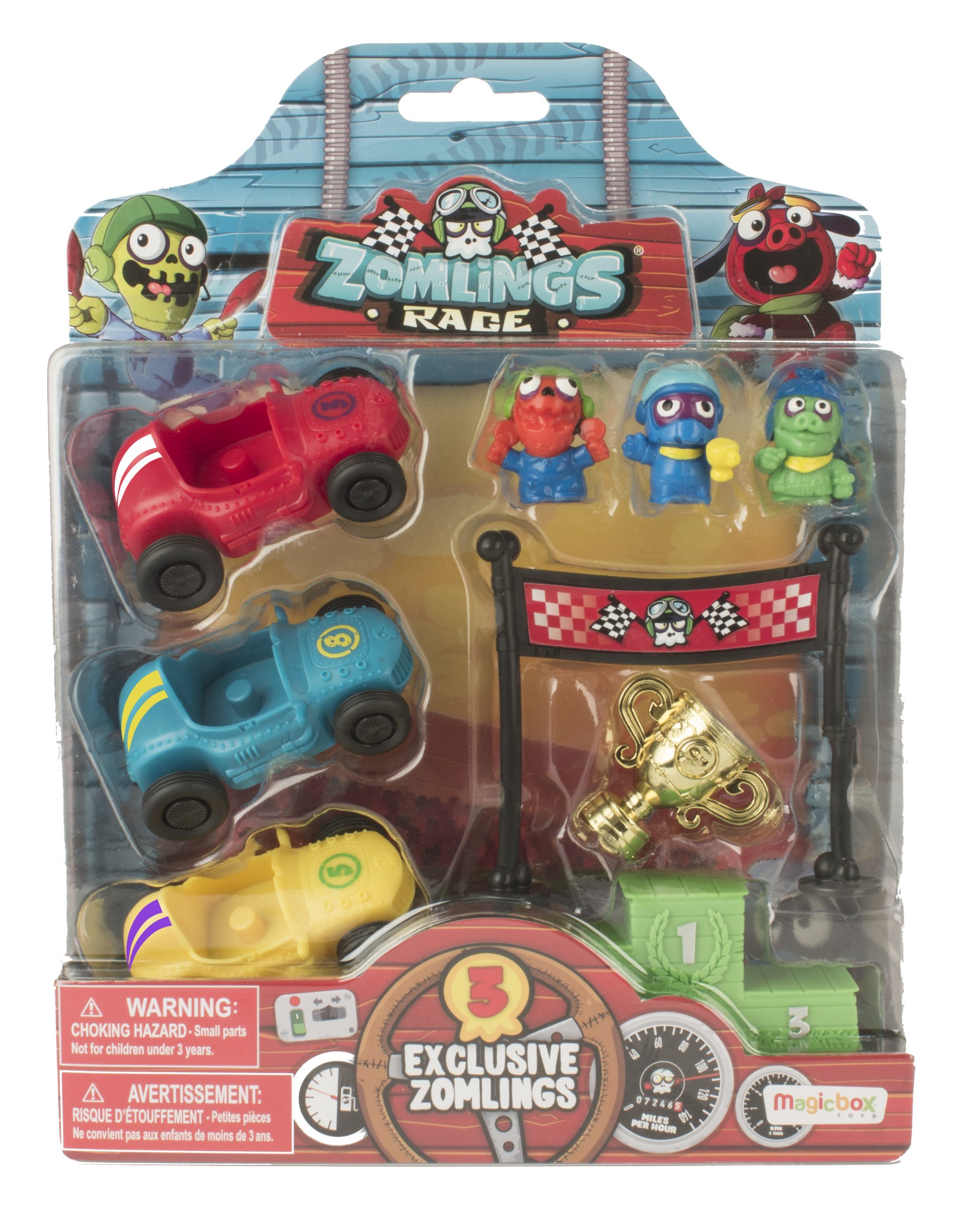
This technology has been used for a longtime in dentistry to form (Essix type) retainers.Invisalign is constructed using a manufacturing technique called stereolithography. With invisalign a digital model of the teeth is obtained.
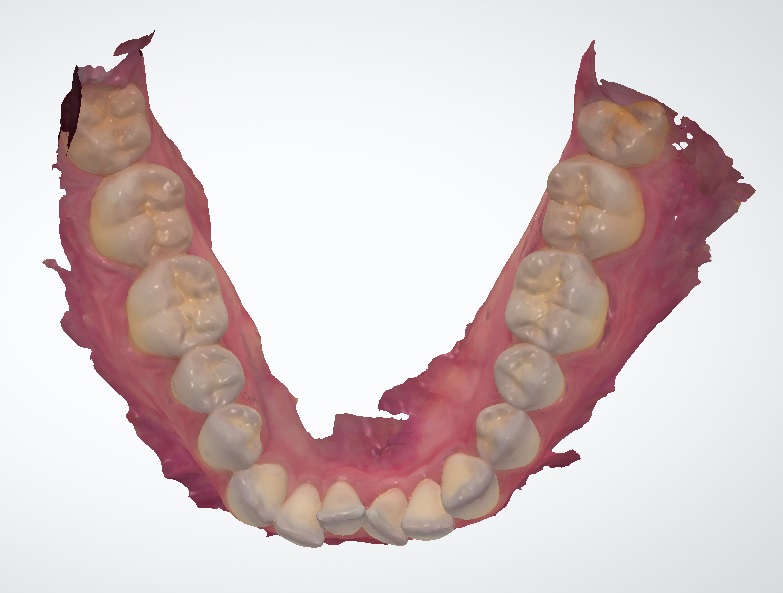
This digital model is then segmented into individual teeth which are all moved incrementally towards the final desired position using a sophisticated software program.
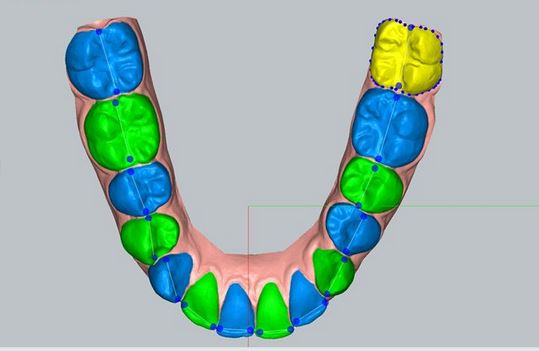
At each step the teeth are moved approximately 0.2 mm , or rotated approximately 0.25 degrees. A new aligner is made to fit the teeth in each slightly changed position.
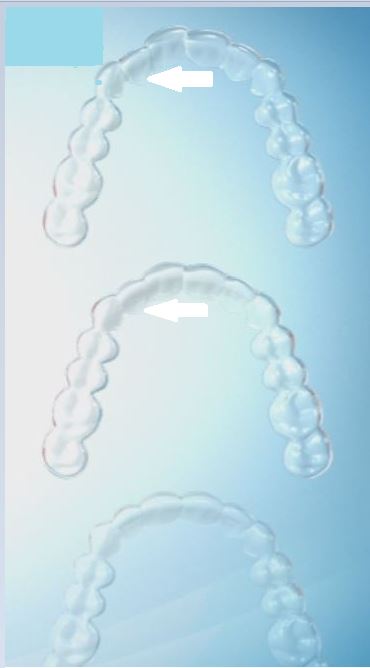
The patient wears each aligner for 1-2 weeks and during this time the aligner applies force to the teeth to move the teeth towards where the aligner will fit passively. This procedure is continued using a new aligner every 1 or 2 weeks until the treatment is complete.
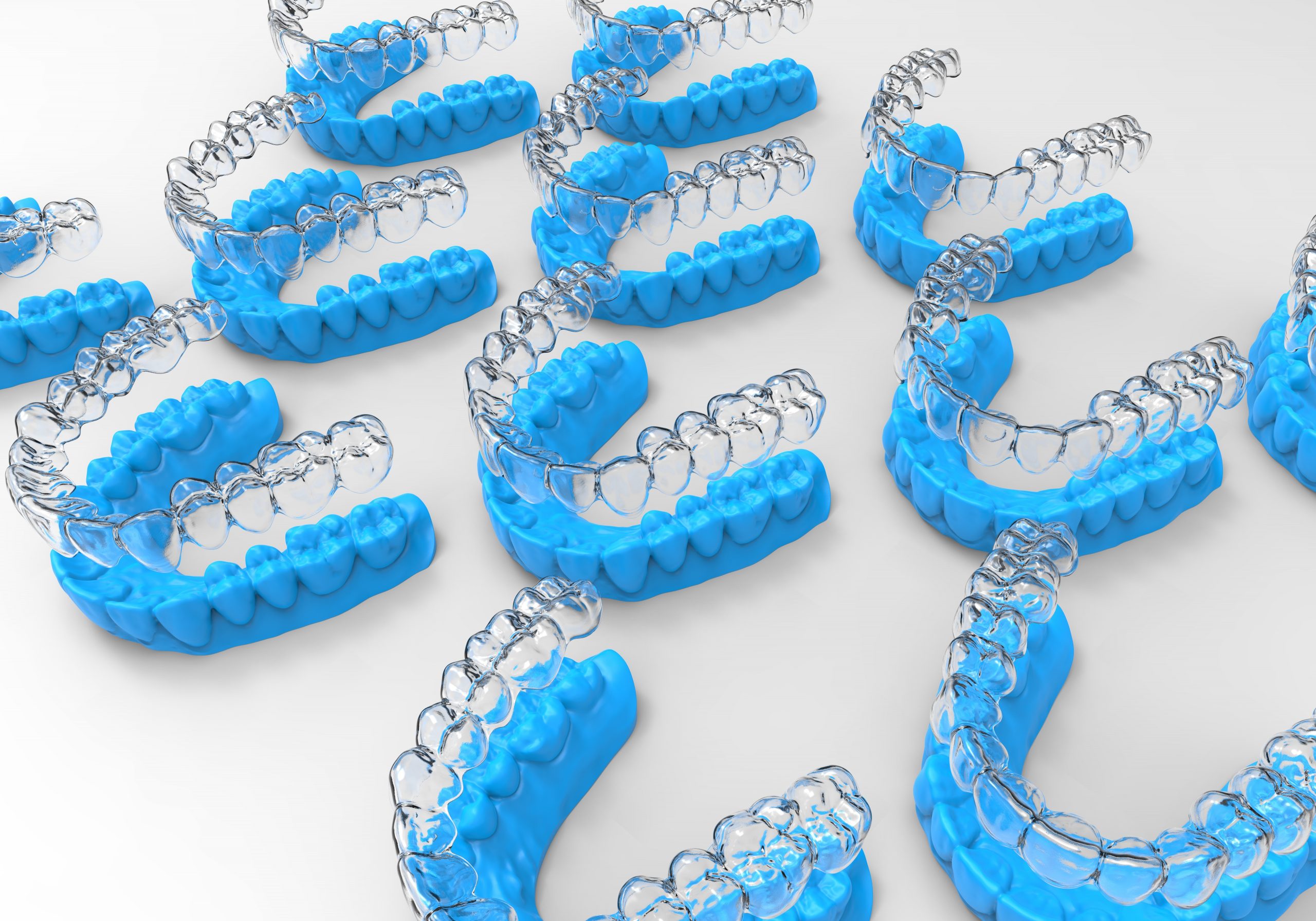
The patient is supplied with aligners which they change every 1 or 2 weeks. In an ideal world the teeth will then look exactly like the final model on which the last tray was made.
While it is possible to manipulate digital teeth in a virtual world with ease, unfortunately moving real teeth in a real patient’s mouth is not a virtual but a real exercise. The difference is somewhat like the difference between
Fifa digital soccer and the premiership.

Aligners have improved enormously since their initial inception. The digital planning of the tooth movements is excellent. The construction of the aligners is excellent. However a chain is only as strong as its weakest link.
The weak link with aligners is the capacity of the (thin plastic) aligners to move the teeth with the degree of precision which the fixed appliances referred to above achieve. It is important to understand that ultimately teeth move in a precise way in response to the exact forces which the appliance provides to them. The teeth obviously do not factor in what the appliance looks like, or its perceived convenience or inconvenience. If you strip away all of the marketing and branding and the associated warm cosy feeling which that imbues, when your orthodontic journey ends the quality/accuracy of the final result you achieve can only be as good as the ability of your orthodontic appliance to deliver accurate consistent forces to the teeth, as this is what moves the teeth.
Finished orthodontic cases treated with aligners/Invisalign do not feature prominently on orthodontists websites, they are predominantly if not exclusively cases treated with fixed appliances. This is significant.
Even with this drawback aligners/Invisalign still have a useful role in the treatment of patients whose treatment expectations are realistic, and who also clearly understand the role of aligner attachments, and possible interproximal reduction, and orthodontic elastics in achieving the best possible outcome which Aligners/ Invisalign can achieve .
Part B of this blog will consider these issues in more detail along with the scientific results relating to the accuracy of aligners/ Invisalign in the clinical situation.
………………………………………………………………………………………………………………………………………………………………
This Blog was written by Dr John Buckley of Clonmel Orthodontics , it is intended to be factual and informative, rather than aspirational or for purely marketing purposes. Dr John Buckley is both Clonmel’s most qualified and most experienced orthodontist.We use the latest cutting edge technology . Our surgery rooms are airy, spacious and private, like you might expect when you visit a general medical practitioner.
……………………………………………………………………………………………………………………………………………………….


